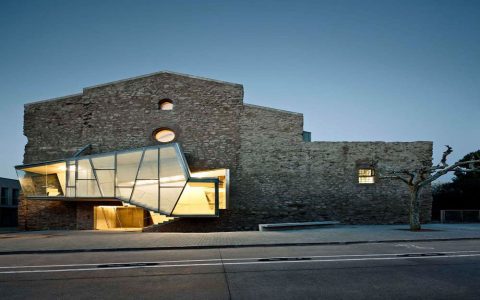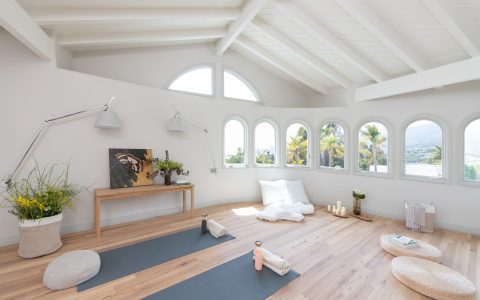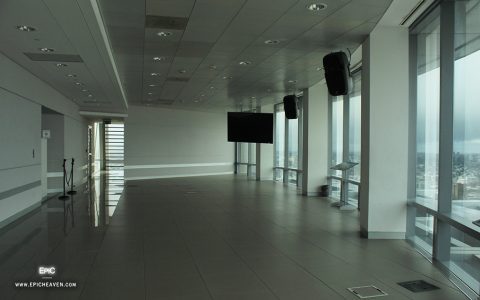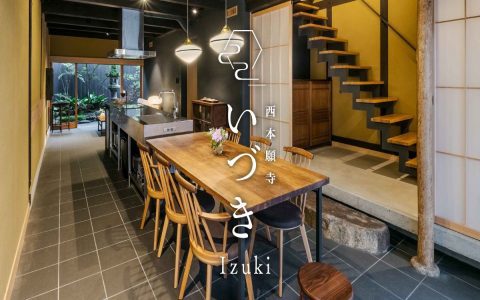Key Considerations in Church Conversions
Successfully converting a church property into a new use involves navigating a unique set of challenges and opportunities. Attention to detail from the outset is crucial for a viable project.
- Architectural & Heritage Significance: Churches often feature distinctive architectural elements such as vaulted ceilings, stained glass windows, and intricate stonework. Preserving these features while adapting the space for modern functionality is a primary concern, especially if the building is historically listed or protected. Alterations may be heavily restricted.
- Zoning Regulations & Planning Permission: Changing the use of a building from ecclesiastical to residential, commercial, or other uses requires specific planning consent. Zoning laws can be complex, and community impact assessments may be necessary.
- Structural Integrity & Condition: Older church buildings may require extensive structural surveys and subsequent repairs. Common issues include roofing, foundational weaknesses, dampness, and the condition of masonry or timber frames.
- Services & Utilities: Existing electrical, plumbing, heating, and ventilation systems are often outdated or inadequate for new uses. Upgrading these services to meet current building codes and occupant needs can represent a significant investment.
- Acoustics: The large, open-plan nature of most church interiors can create significant acoustic challenges, particularly for residential or office conversions. Sound insulation and acoustic treatments are often required.
- Layout & Spatial Adaptation: The inherent layout of a church (nave, chancel, transepts) can be difficult to subdivide or repurpose without compromising the building's character. Creative design solutions are essential.
- Community Sentiment: Churches often hold deep cultural and emotional significance for local communities. Engaging with community stakeholders and considering the social impact of the conversion is advisable.
Common New Uses for Converted Churches
The unique character of church buildings lends them to a variety of imaginative reuse projects:
- Residential Dwellings: From single unique homes to multiple apartments or loft-style units. The high ceilings and large windows are particularly attractive.
- Commercial Spaces: Offices (especially open-plan or co-working), unique retail outlets, design studios, or architectural practices.
- Arts & Cultural Venues: Theatres, art galleries, concert halls, recording studios, or community centres, leveraging the existing spatial qualities and often, acoustics.
- Hospitality & Leisure: Boutique hotels, restaurants, cafes, event spaces, or even climbing centres and skate parks.
- Educational & Institutional: Nurseries, libraries, specialist training facilities, or museums.
Benefits of Church Conversions
- Preservation of Heritage: Adaptive reuse gives historically and architecturally significant buildings a sustainable new life, preventing neglect or demolition.
- Unique Character Properties: Conversions result in distinctive spaces with features and a sense of history unmatched by new constructions.
- Sustainability: Reusing an existing building fabric is generally more environmentally sound than new builds, reducing embodied carbon.
- Urban Regeneration: Bringing a disused church back into active use can revitalize a local area and serve as a community focal point.
Potential Challenges
While rewarding, church conversions are not without their difficulties:
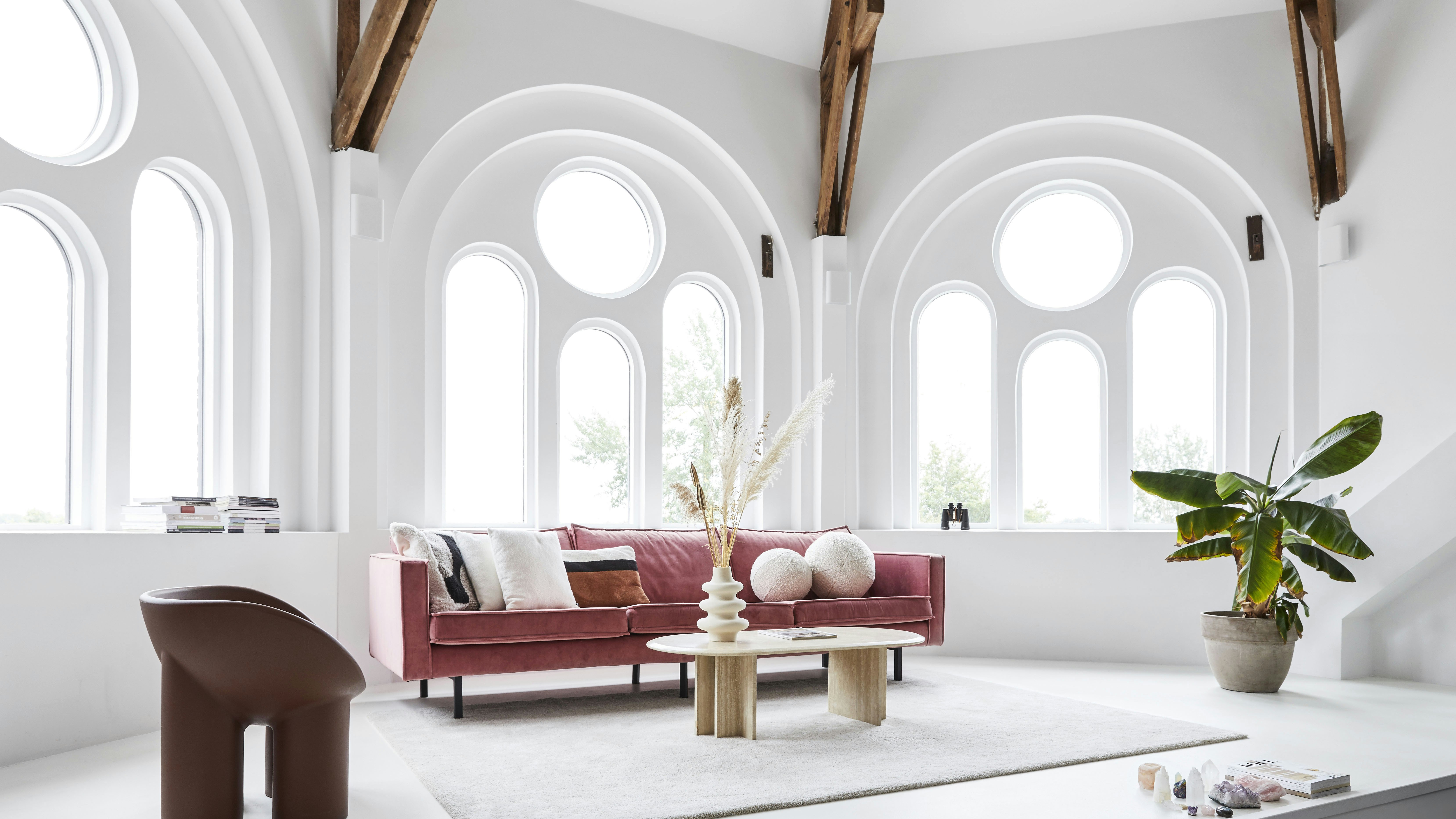
- Cost: Restoration and conversion costs can be substantially higher than new builds due to the age, scale, specialist materials, and labor required. Unexpected issues are common.
- Regulatory Hurdles: Navigating planning, heritage, and building control approvals can be time-consuming and complex.
- Design Constraints: Balancing the desire for modern amenities with the need to respect and preserve the original character and fabric of the building.
- Ongoing Maintenance: Large, historic structures can have higher ongoing maintenance commitments.

